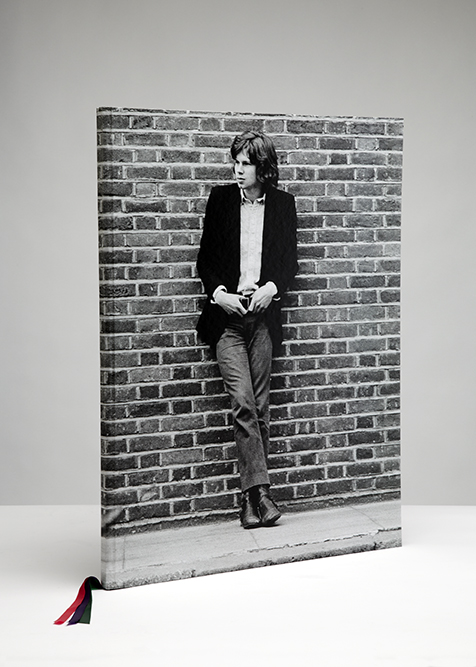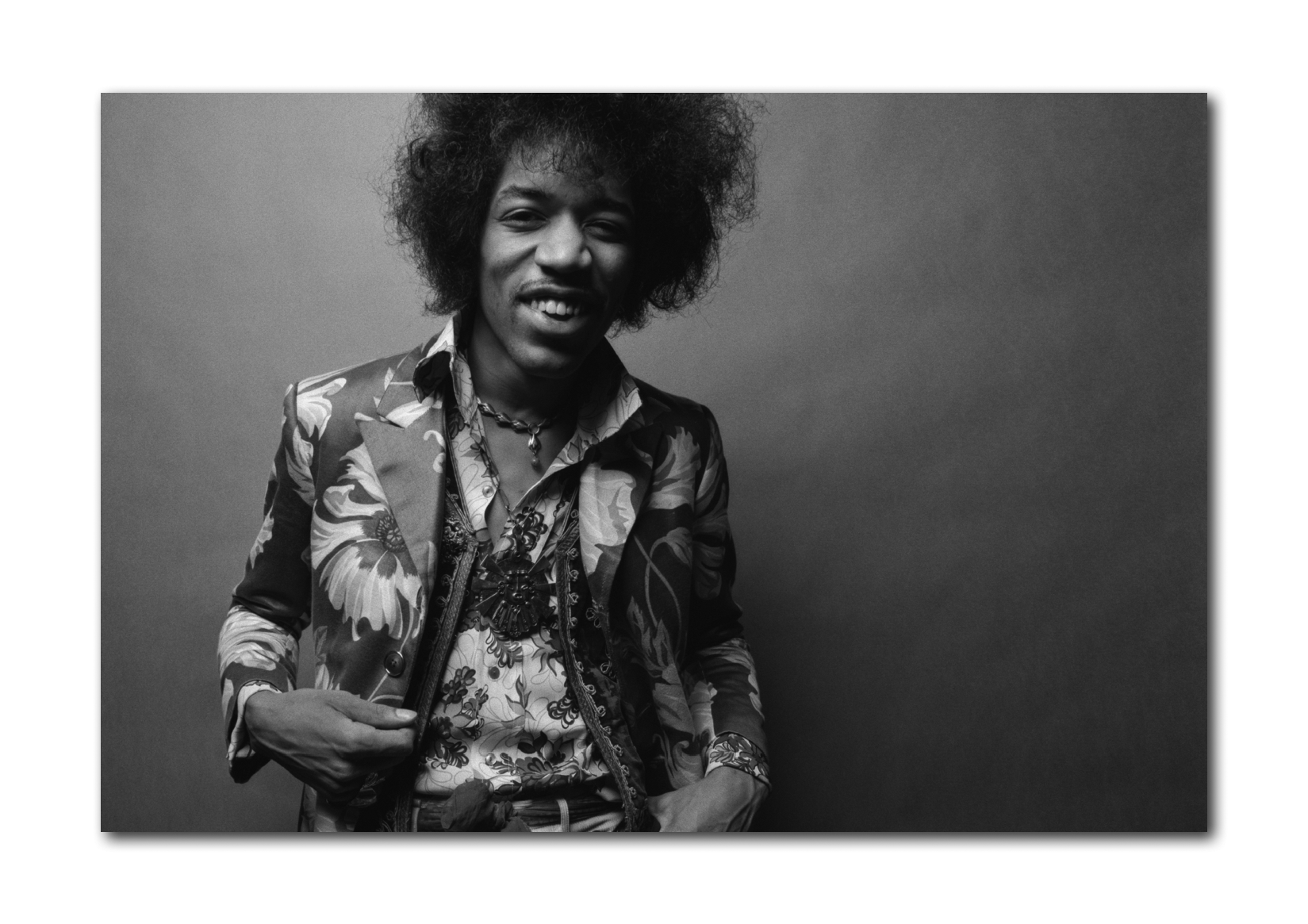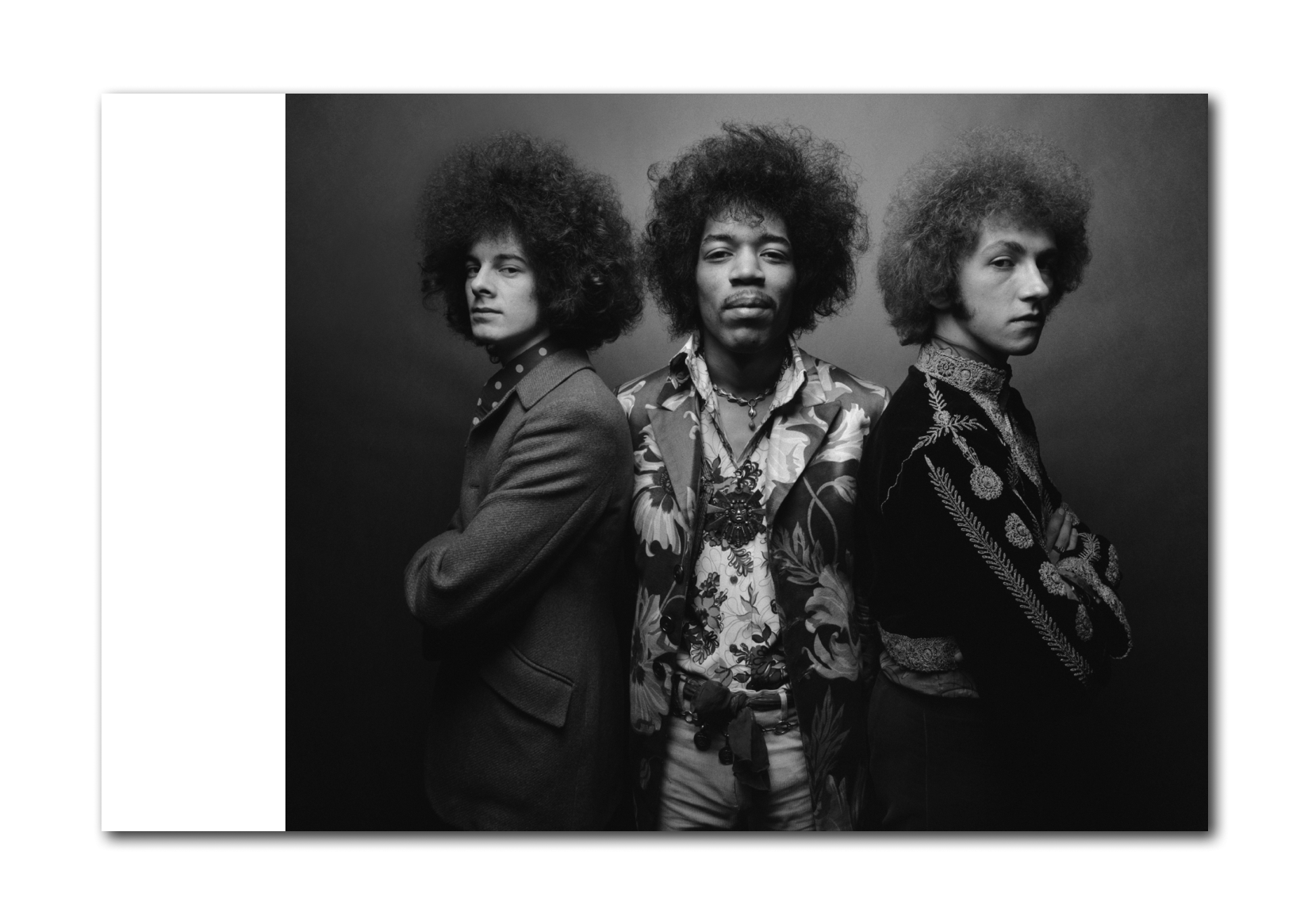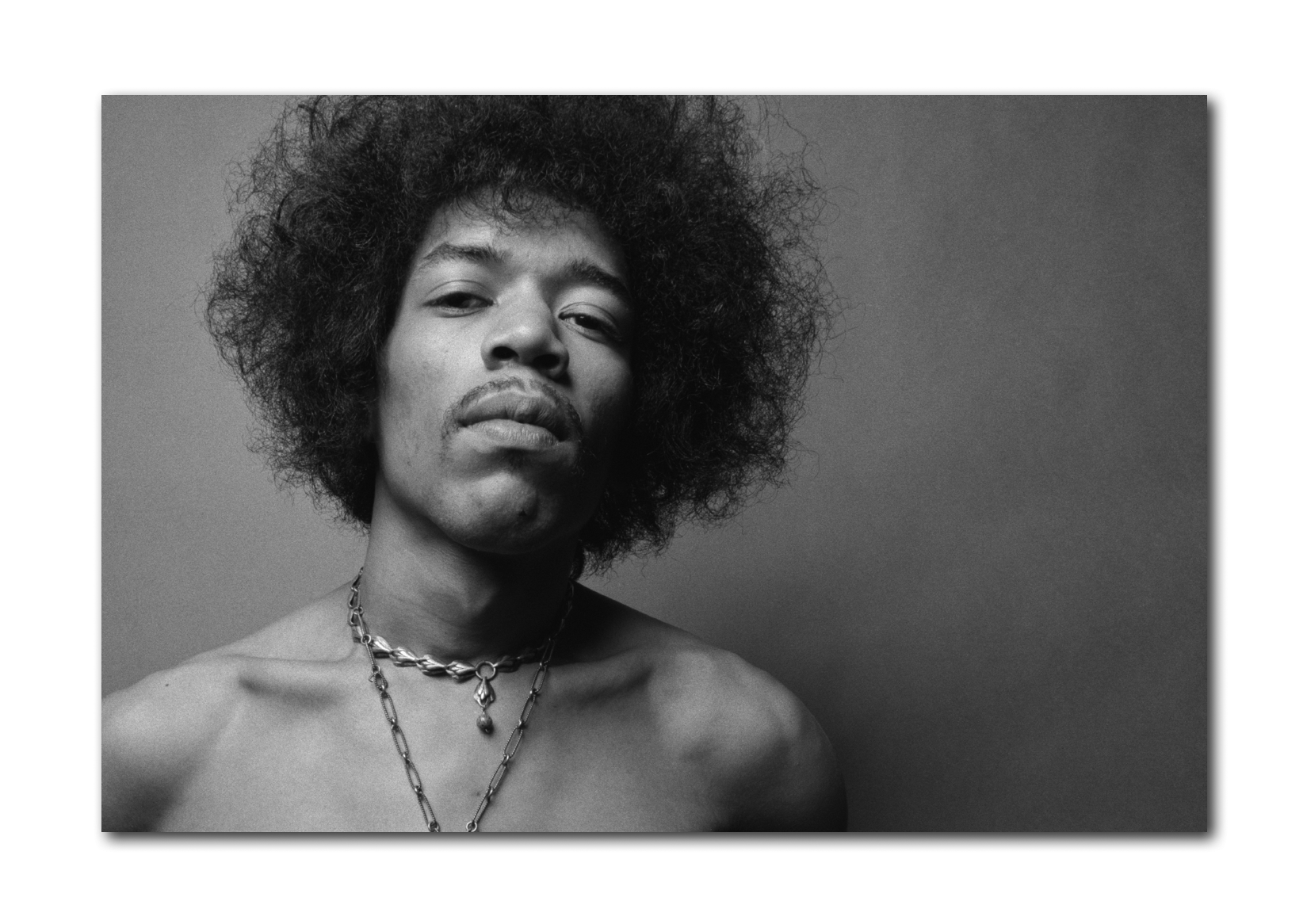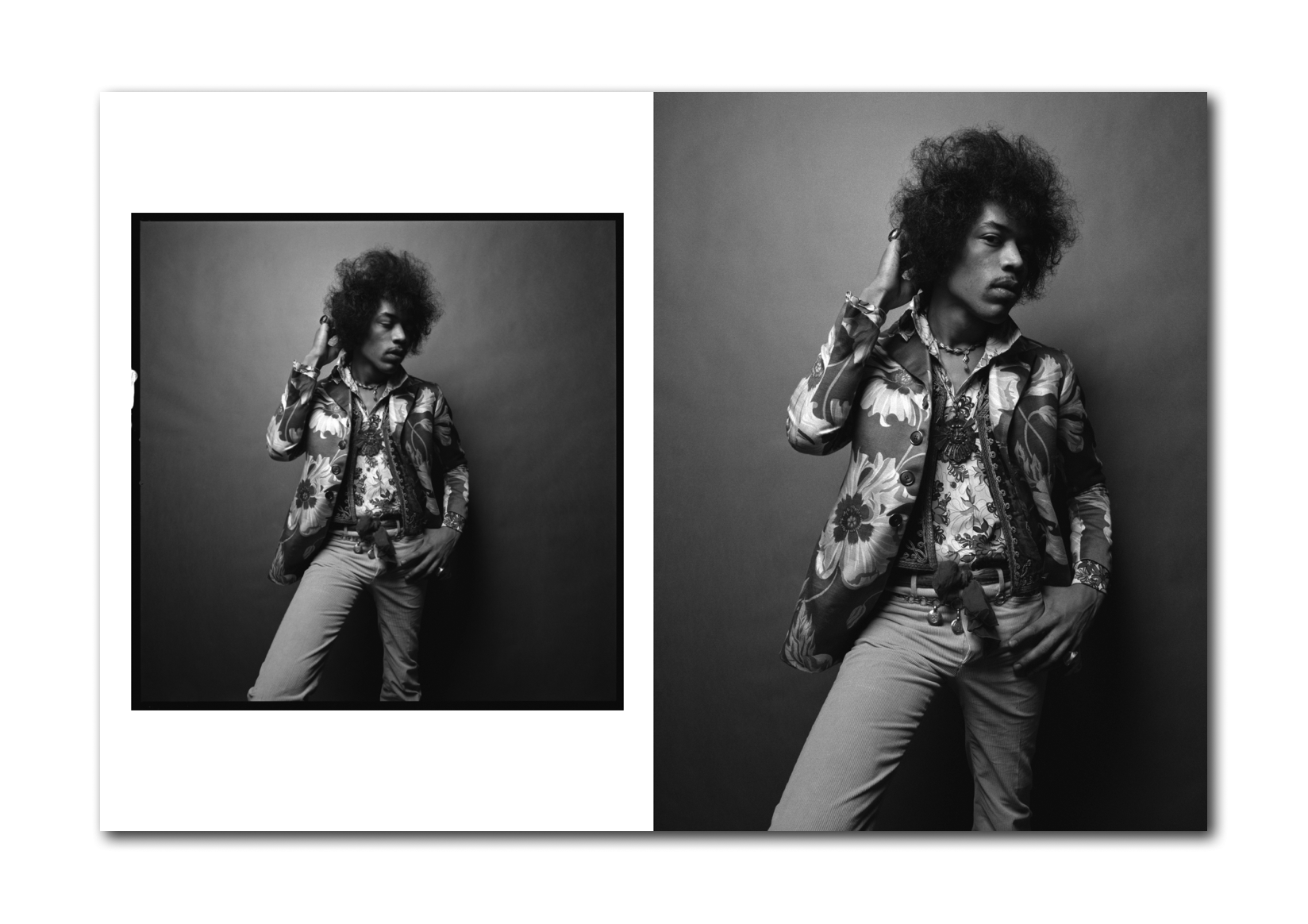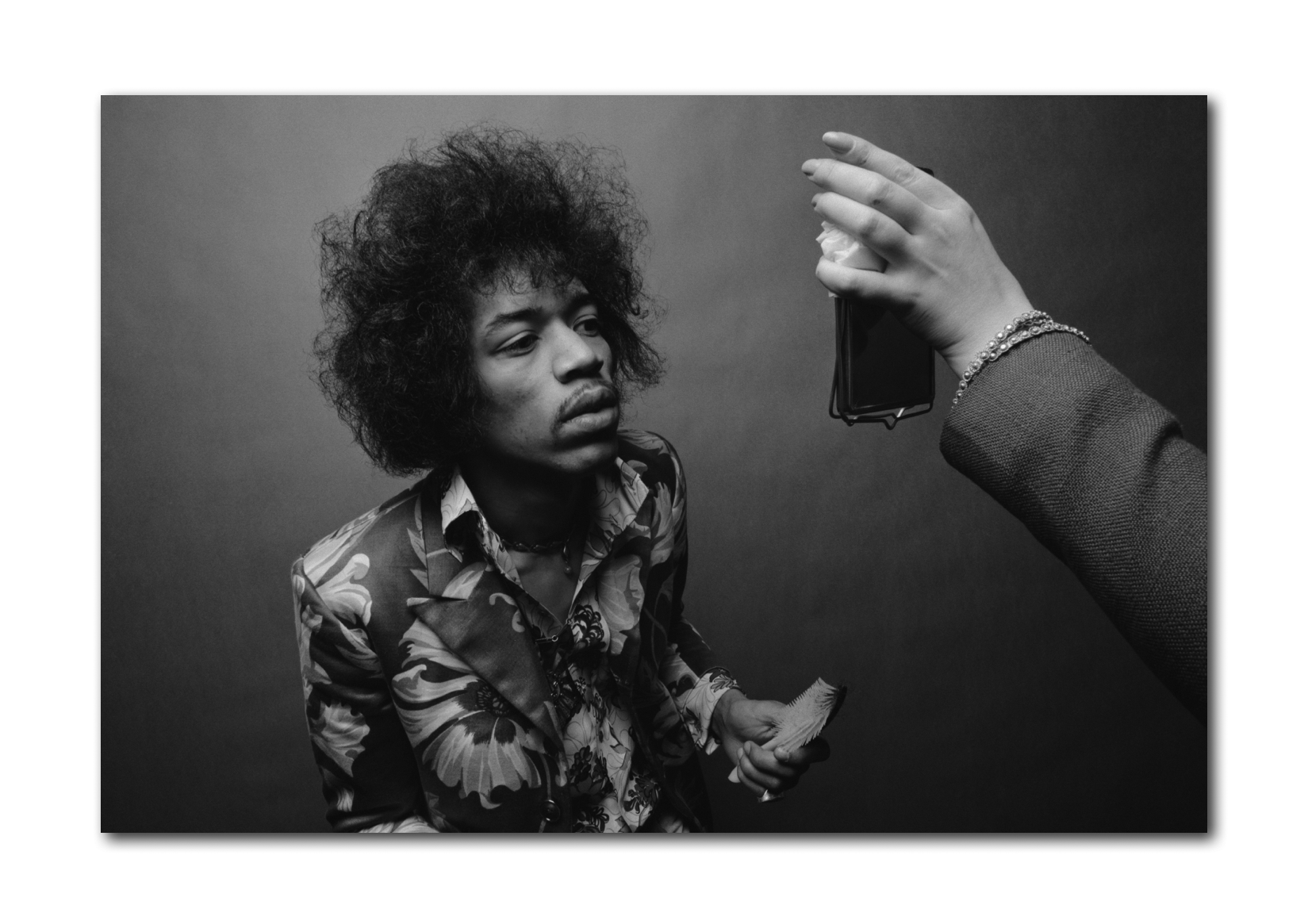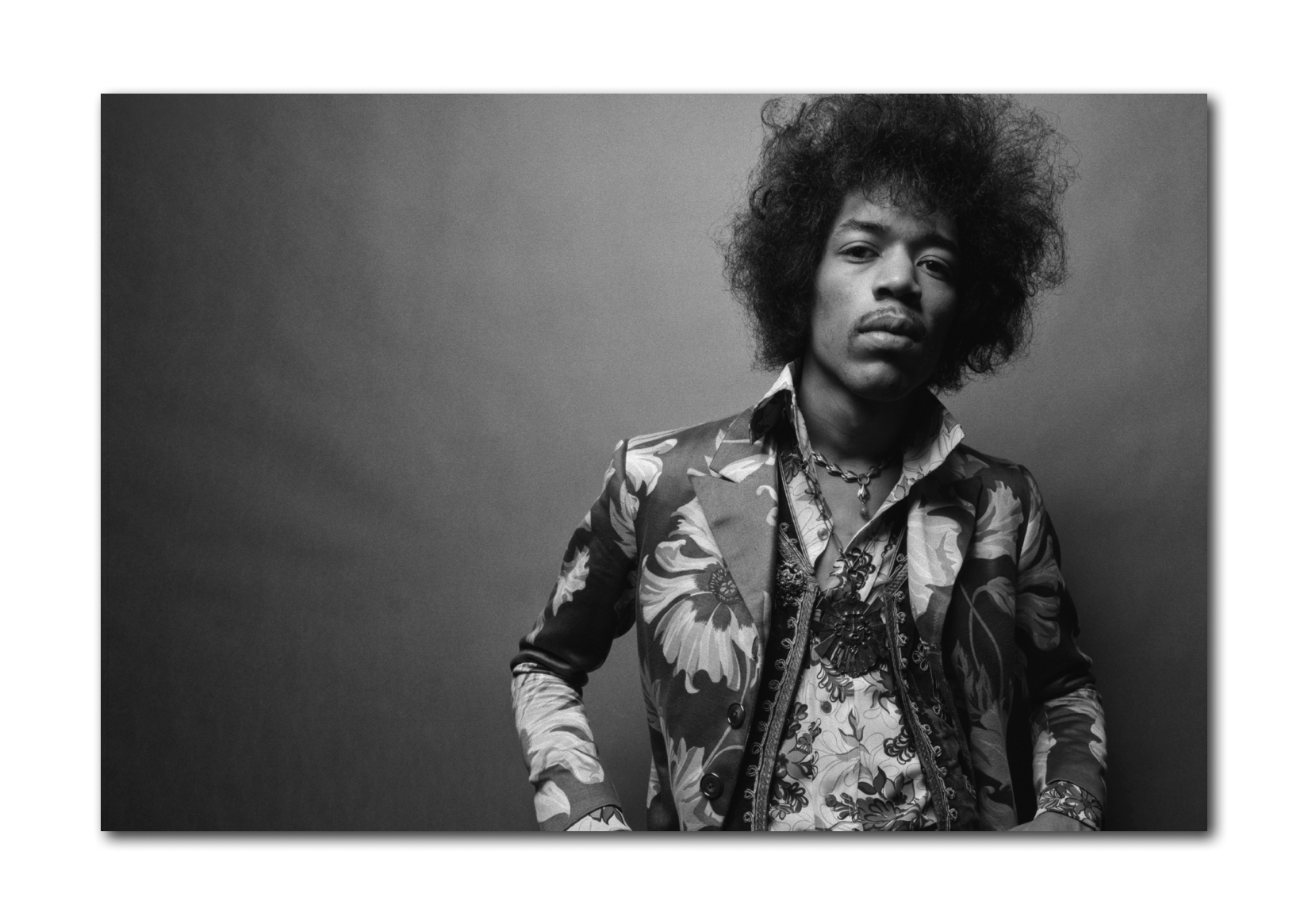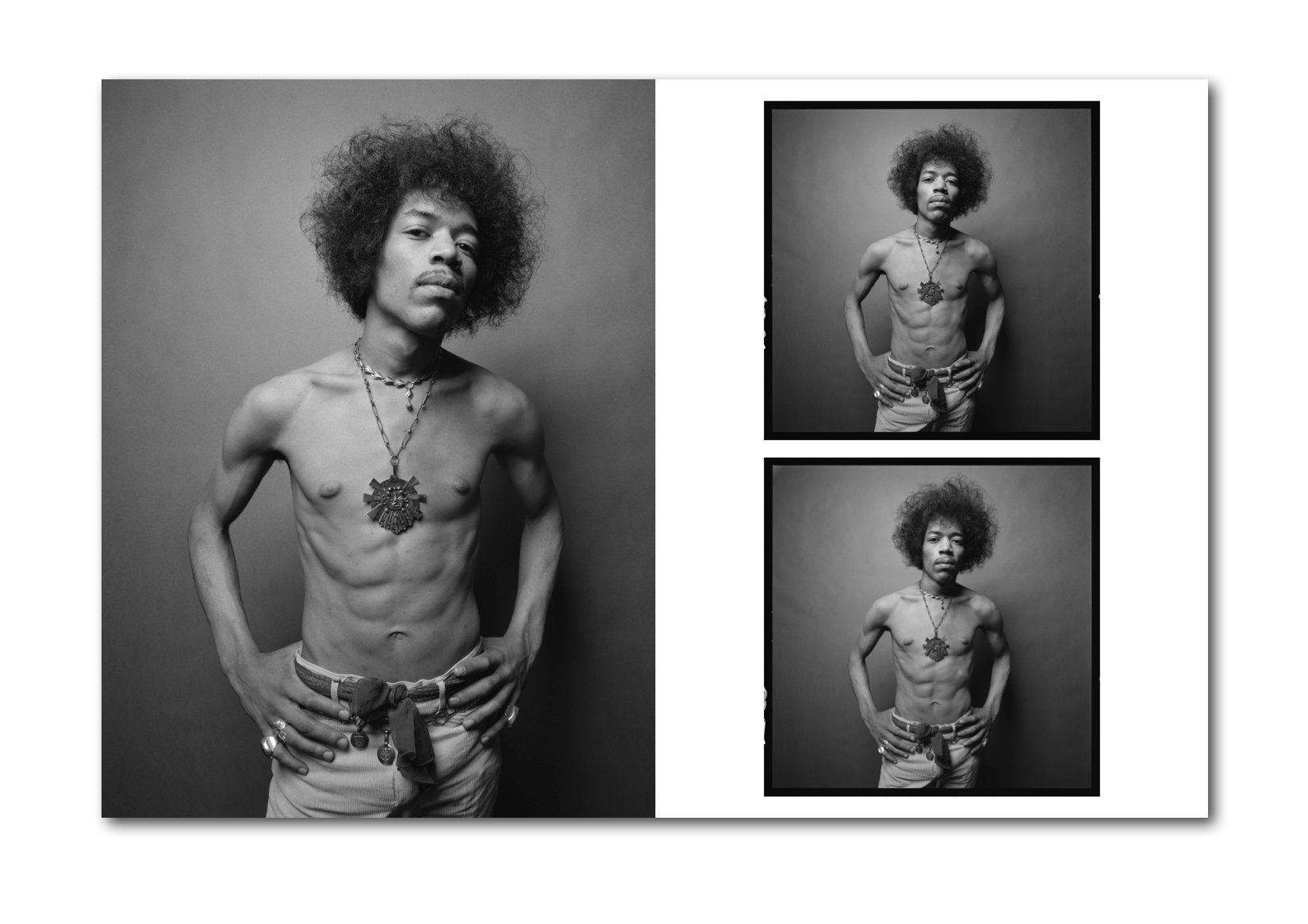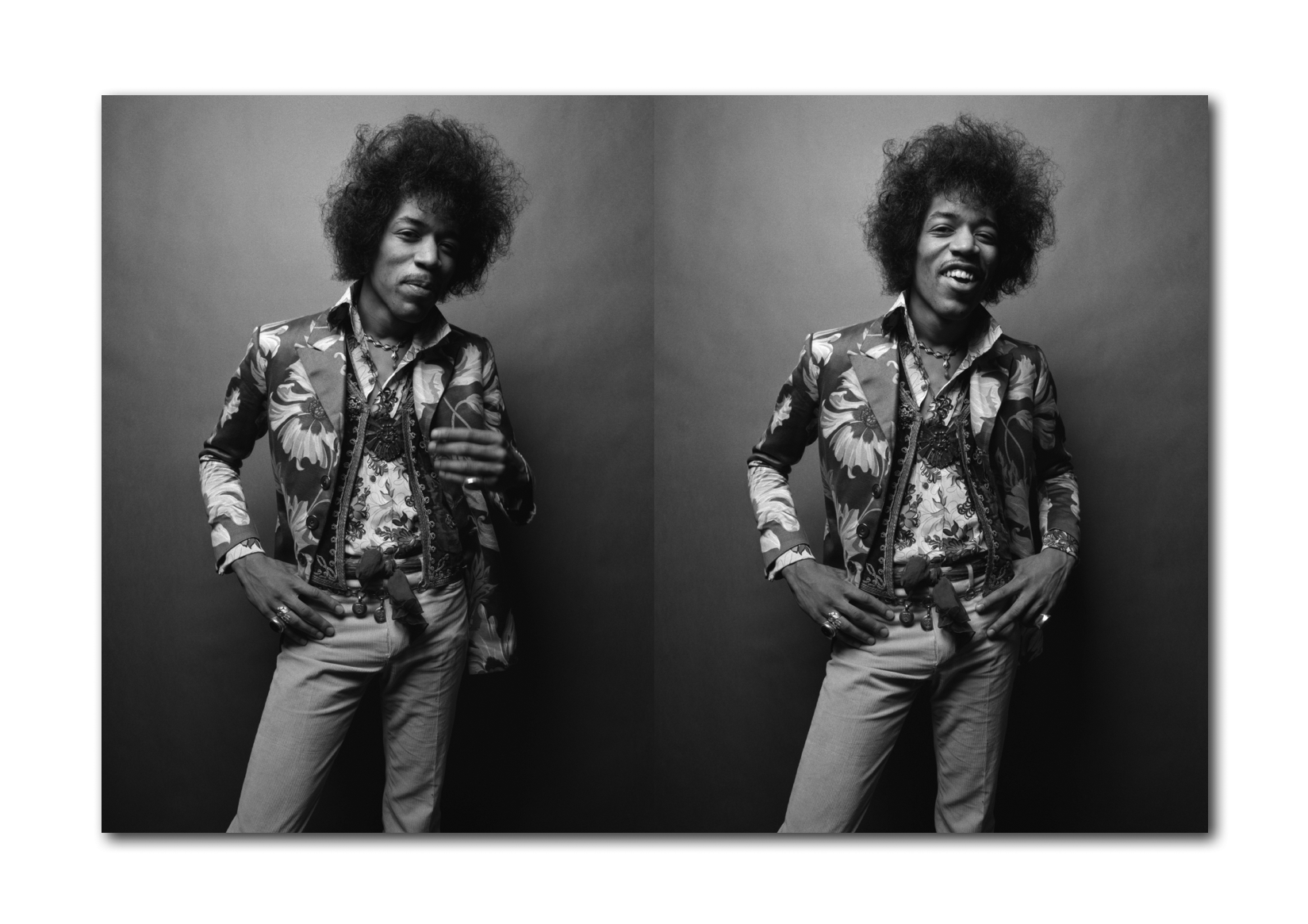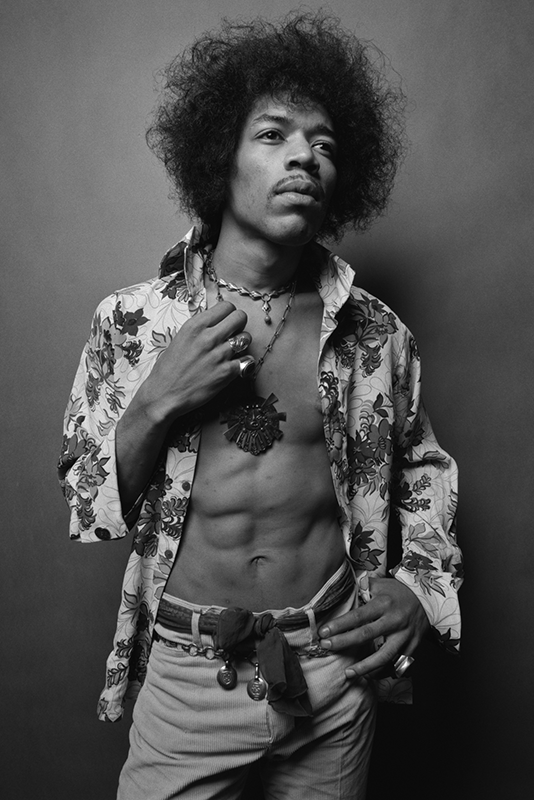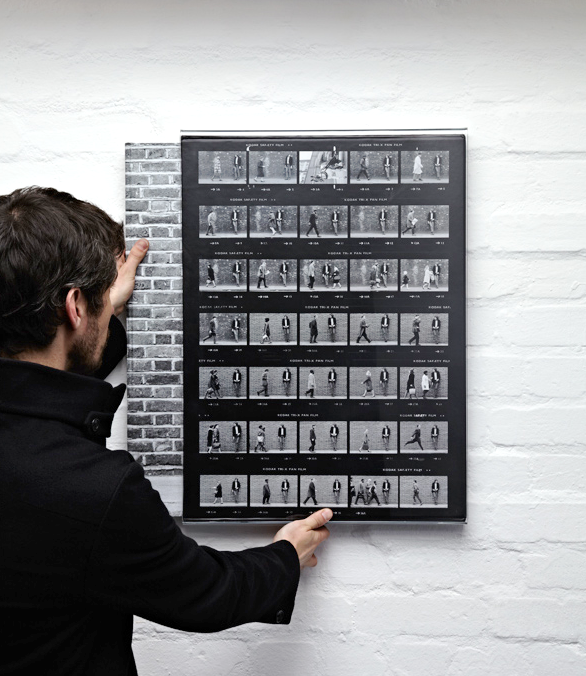I Saw Nick Drake, the limited edition book from Ormond Yard Press.
Ormond Yard Press: Bringing You The Bigger Picture.
I Saw Nick Drake: photographs by Keith Morris, the second book from our publishing arm, Ormond Yard Press, features the very best from Keith Morris’ archive of Nick Drake photographs.
As with all Ormond Yard Press volumes, it is a book on a spectacular scale: a hardcover volume housed in its own printed slipcase and measuring 24 inches high x 18 inches wide (60x45cm) when closed, 24 x 36 inches (60 x 90cm) when open, with 96 pages of photographs. The physical scale may be large, but the edition size is reassuringly small – just 500 individually numbered copies are available to collectors worldwide.
Why is this book important ?
We have been working closely with the estate of the late Keith Morris to create the definitive book of photographs from his outstanding Nick Drake archives. Nick Drake was an enigma, and has never been the focus of a specific photographic study before now. Couple that with the the fact that Keith Morris, a superb photographer, has the definitive Nick Drake photographic archive, and you have a pretty heady cocktail.
This is a book on a spectacular scale. All our books are produced with a 24 x 36 inch spread size when the book is open. I saw Nick Drake includes approximately 200 photographs over 96 pages, and contains the very best work from Keith Morris’s Nick Drake archives.
Why is this book important? Because something revelatory happens when a photograph is presented in a very large format like this: hidden details come to light, and the power and impact of the image are magnified exponentially. Unless you go to a gallery and see a large format print on the wall, you can’t experience this. That’s where we come in. Our books package the essence of large format gallery exhibitions, without reducing the impact of scale. Imagine an entire art gallery exhibition that you get to take home and keep forever.
I saw Nick Drake defies the normal ‘coffee table’ convention. In fact, it is like no book you will have seen before: much larger than a traditional coffee table volume, it is slim and elegant at the same time. It is housed in a beautiful custom slipcase, lined with black suedel, a felt-like material, which cushions and protects the book. The cover of the book and slipcase have been deliberately left free of text so that nothing detracts from the power of the images. As a result, the book looks like a work of art you could hang on your wall. And in fact you can, as we have developed a special slide-in-slide-out frameless acrylic frame that enables you to do just that. More on that later.
Liking it so far?
More detail
I saw Nick Drake contains the very best of Keith Morris’s photographs of Nick Drake, from all three of their photoshoots, with many previously unpublished photographs
I saw Nick Drake is a 96 page hardcover book, limited to just 500 signed, numbered copies worldwide. Dimensions are 24 inches (height) x 18 inches (width) when closed (60cm x 45cm), and 24 x 36 inches when open (60cm x 90cm).
Joe Boyd, who produced Nick Drake’s first two albums – and is the author of the accclaimed book, White Bicycles, a memoir of the music business in the late 60s and early 70s – has written the foreword to I Saw Nick Drake.
I saw Nick Drake contains approximately 200 photographs from Keith Morris’s archives, both colour and black and white. While a small number of these images have been published in a piecemeal fashion in CD booklets, Nick Drake biographies and magazines, they have never been presented in this physical scale before, and many are previously unpublished.
The photographs are presented chronologically, and the chapters for each session include a comprehensive introduction explaining the background to and content of each shoot. Keith’s family have paid tribute to Keith with a very personal biography of the photographer that appears towards the end of the book.
The 24 x 36 inch ) 60 x 90cm ) spread size is no accident – it has been deliberately chosen in the same aspect ratio as 35mm film, namely 1 to 1.5 height to width. This is important as it allows some of the photographs to be presented, where appropriate, across an entire double page spread, with no detail cropped out. One such image is actually one of the most famous, the ‘running man’ photograph that appears on the back cover of Five Leaves Left, and this occupies the entire front and back cover, enlarged to 24 x 36 inches.
The running man theme extends to the special slipcase that houses the book, as this shows the entire enlarged contact sheet from the ‘running man’ sequence – thirty five individual frames taken in Battersea in April 1969 outside the Morgan Crucible factory showing Nick Drake with an incredible cast of characters, presented on the slipcase in their original running order.
Details are important. For example, three bookmark ribbons are sewn into the casing of the book, each one chosen to represent the single colour most associated with each one of Nick Drake’s three albums: green for Five Leaves Left, lilac for Bryter Layter, and, well, you can guess the colour we chose for Pink Moon.
Can You See Me? facts and figures
This ultra-large-format book measures a staggering 18 x 24 inches (45 x 60cm) when closed, and 36 x 24 inches (90 x 60cm) when open.
Can You See Me? has 96 large format pages, with approximately 100 stunning black and white photographs, reproduced in sizes up to 24×36 inches (60x90cm), together with an introductory essay, and is limited to 500 individually numbered copies worldwide.
Can You See Me? is housed in a custom protective slipcase, with front and back cover artwork showing two portraits of Jimi Hendrix.
An optional acrylic slide-in slide-out wall unit allows you to display Can You See Me? on your wall.
Ormond Yard Press: Bringing You The Bigger Picture
Nick Drake
Maybe you don’t know much about Nick Drake – or maybe you do. If not, you can quickly make up for lost time. Nick Drake was a brilliant musician who died too young, but who made three perfect albums during his lifetime: the lush orchestral debut Five Leaves Left, the jazz tinged follow up, Bryter Layter and the stripped-back acoustic Pink Moon. Those records deserve to reach your ears, if they haven’t already.
Drake’s music was for the most part ignored while he was alive, but his body of work is now, quite rightly, acclaimed and revered. Acclaim came late, many years after his death, but he is regularly name-checked by a renowned group of musicians too lengthy to list out even in a book of this size.
Nick Drake’s story is a fascinating one, and it’s a story that appears completely incongruous by today’s standards. There is no known filmed footage of him as an adult at all – and so nothing of him performing has ever seen the light of day. This means that we don’t know how he moved, we can’t see his complicated finger picking guitar technique, how he held himself, his facial expressions – all the things that we take for granted with performers now.
I’m a late comer to Nick Drake, but like most people who first stumble across his music, I found myself sucked in quickly. He makes it easy, actually. Drake left a small, concise and perfectly formed body of recorded work that repays repeated listening. It is ‘grown up’ music. It takes a level of maturity for a 20 year old, still at University, to decide that he wants to include complicated string arrangements on many of the tracks on his first album.
The guitar was the backbone to his sound – clean, spare and regular. A six foot three inch product of the English public school system and Cambridge University, Nick Drake spoke with a cut glass accent and his innate Englishness pervades his music. Drake’s is not the England of bacon and eggs or fish and chips: his is the England of strawberries and cream, of tea at The Ritz.
When you listen to Five Leaves Left, Bryter Layter or Pink Moon, you need to put all other distractions aside, slow down, lean in, and really listen. A couple of spins is all it takes and you are hooked. Thirty one songs, spread over three very different albums. Also worth seeking out are the five studio recordings made in 1974 and released posthumously. That is pretty much all you need to hear of the officially released material.
Once you have the music, then, inevitably you want to find out more about the man. Three essential but very different biographies by Gorm Henrik Rasmussen, Patrick Humphries and Trevor Dann tell the story, and are definitely required reading on the journey.
I saw Nick Drake fits in to the space that is left, adding the images that go with the words and the music.
I hope we can tempt you.
Guy White, publisher, Ormond Yard Press.
Hang your book on your wall
With each of our books, we took a conscious decision to keep the covers free of text, so that nothing would detract from the power of the chosen front and back cover images. That notion gave rise to the idea of this display unit – because it means you can, should you choose to, display your book just like a piece of art on the wall.
Constructed from 5mm clear acrylic, this is a solid, simple and practical way to display your book on your wall in its slipcase. It measures 18.5 inches (w) x 25 inches (h) x 1.5 inches (d). That’s approximately 47cm x 64cm x 4cm. It has curved edges, and a split baton hanging system on the reverse. Acrylic feet at the bottom ensures that it hangs parallel to the wall. It is a nice, elegant, simple, solid piece of work.
It is open sided on the left and right, allowing you to slide your book (and please read ‘book’ as ‘book and slipcase’ here) in and out whenever you want to look at the contents. You also have the flexibility to show the front or the back of the book and flip it over if you feel like a change of view.
Keith Morris and Nick Drake – the photo sessions
The late Keith Morris’s archive is by far the single most important source of photographs of Nick Drake. Keith photographed him for all three of his albums over a two and a half year period from April 1969 to November 1971.
All his photographs of Nick Drake were taken in London, and they are presented in chronological order in the book.
Keith Morris photographed Nick Drake in a variety of settings in April 1969 for Five Leaves Left. This was Keith’s first album cover shoot (an important rite of passage for any young photographer) and his preparations, planning and scouting showed that it was clearly important to him. He produced a combination of location and studio portraits of Nick Drake, including an accomplished set of studio shots around what would later become Keith’s kitchen table, dramatic in their use of light and shade. Also of note from the Five Leaves Left session are the portraits taken against the wall by the Morgan Crucible Factory in Battersea. The ‘running man’ image from this series appeared on the back cover of Fives Leaves Left, but thirty three other frames, presented in their entirety in the book, capture a fascinating cast of characters sharing the scene with Nick Drake.
The second shoot, for Bryter Layter, took place in 1970, and again he photographed Nick Drake in a number of locations around London, starting at his flat on Haverstock Hill, then Regents Park, and then south of the river Thames to New Cross.
The optimism of the first shoot for Five Leaves Left in 1969 is a polar opposite to the withdrawn Nick Drake photographed by Keith on Hampstead Heath for Pink Moon in 1971. The transformation in his appearance over this period is telling and dramatic. This was their final shoot and took place a full three years before Nick Drake’s death in November 1974.
In I Saw Nick Drake we present approximately 200 photographs from these three sessions. Not everything – because in putting together a book like this, sensitive and careful curating is key.
Less is definitely more.
Questions?
If you have any questions at all about Can You See Me? please just ask – we are here to help.

